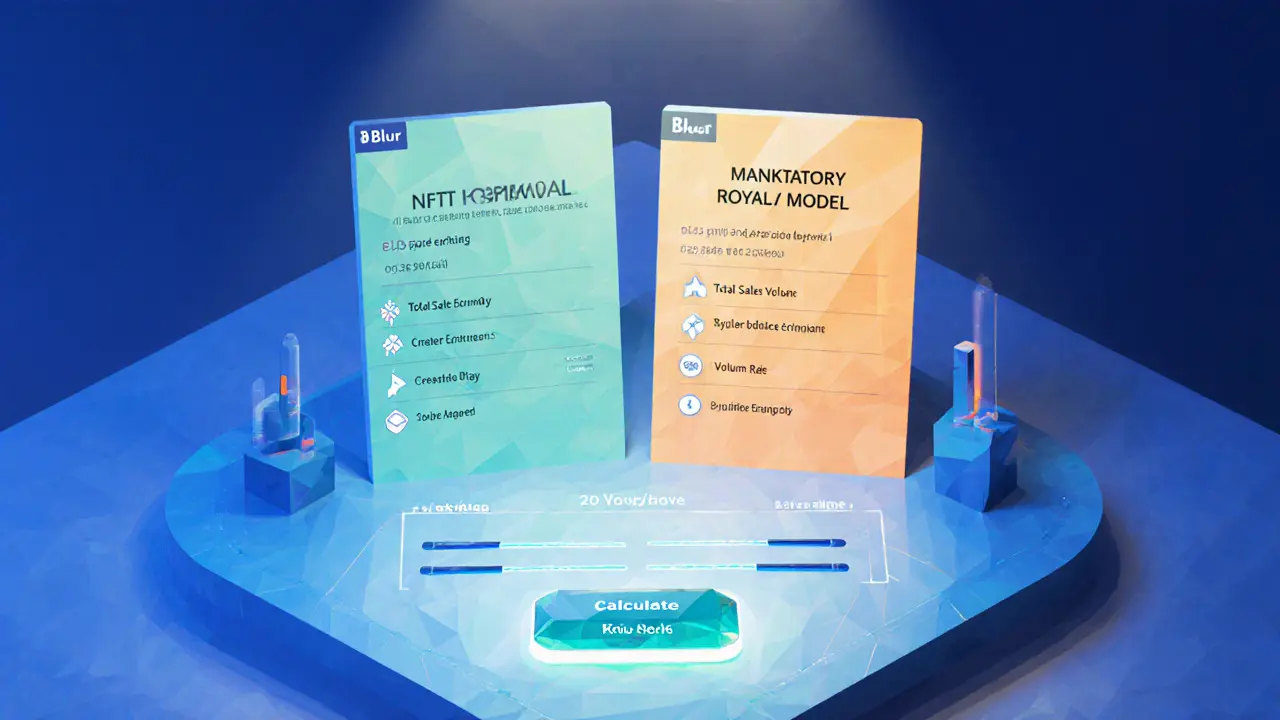NFT Royalties: How Creators Earn on the Blockchain
When working with NFT royalties, the automatic payments that creators receive each time their digital asset changes hands on a blockchain. Also known as royalty streams, it creates a steady revenue line without a middleman. This model flips the old "sell once" mindset on its head—you get a slice of every resale, forever. Think of it as a built‑in commission that never expires. That’s why we see artists, musicians, and even ticket issuers betting on it.
Key Tech that Makes Royalties Possible
At the heart of the system lies smart contracts, self‑executing code that automatically distributes royalty percentages according to predefined rules. No one has to manually send a payment; the contract reads the sale price, calculates the cut, and pushes the funds to the creator’s wallet. This reliability is what gives creators confidence to mint more work.
But a smart contract is only as good as the data it trusts. That’s where IPFS, a decentralized file system that stores NFT metadata off‑chain comes in. By anchoring the token’s details—like the royalty rate—in a tamper‑proof hash, IPFS ensures that the contract always references the correct terms, even if the original platform goes down.
Another crucial piece is blockchain immutability, the property that once data is recorded, it cannot be altered without consensus. This guarantees that royalty settings can’t be changed retroactively. When a buyer purchases an NFT on a public ledger, the royalty clause stays locked in, protecting the creator’s earnings across every future transaction.
All these components converge in secondary markets, platforms where NFTs are bought and sold after the initial mint. Whether it’s an art gallery, a gaming marketplace, or a ticket resale platform, each sale triggers the smart contract’s royalty logic. For example, NFT ticket resale markets automatically allocate a percentage back to the event organizer, curbing scalping while rewarding the original creator.
In practice, creators set a royalty percentage—commonly between 5% and 10%—when they mint. Every subsequent trade, whether on OpenSea, Rarible, or a niche ticketing app, invokes the contract and splits the proceeds accordingly. The result is a passive income stream that scales with the asset’s popularity. NFT royalties turn a single creative act into a long‑term business model, and they’re especially attractive in fast‑moving ecosystems like gaming or sports where secondary sales surge.
Below you’ll find a curated collection of articles that dive deeper into each of these pieces: from how to set up royalty‑friendly smart contracts, to real‑world case studies of ticket resale platforms, to best practices for storing metadata on IPFS. Use them as a toolbox to start earning from every resale you enable.

Explore how optional and mandatory NFT royalties differ, their impact on creators and traders, legal nuances, and a practical guide to choosing the best model.
- Read More
